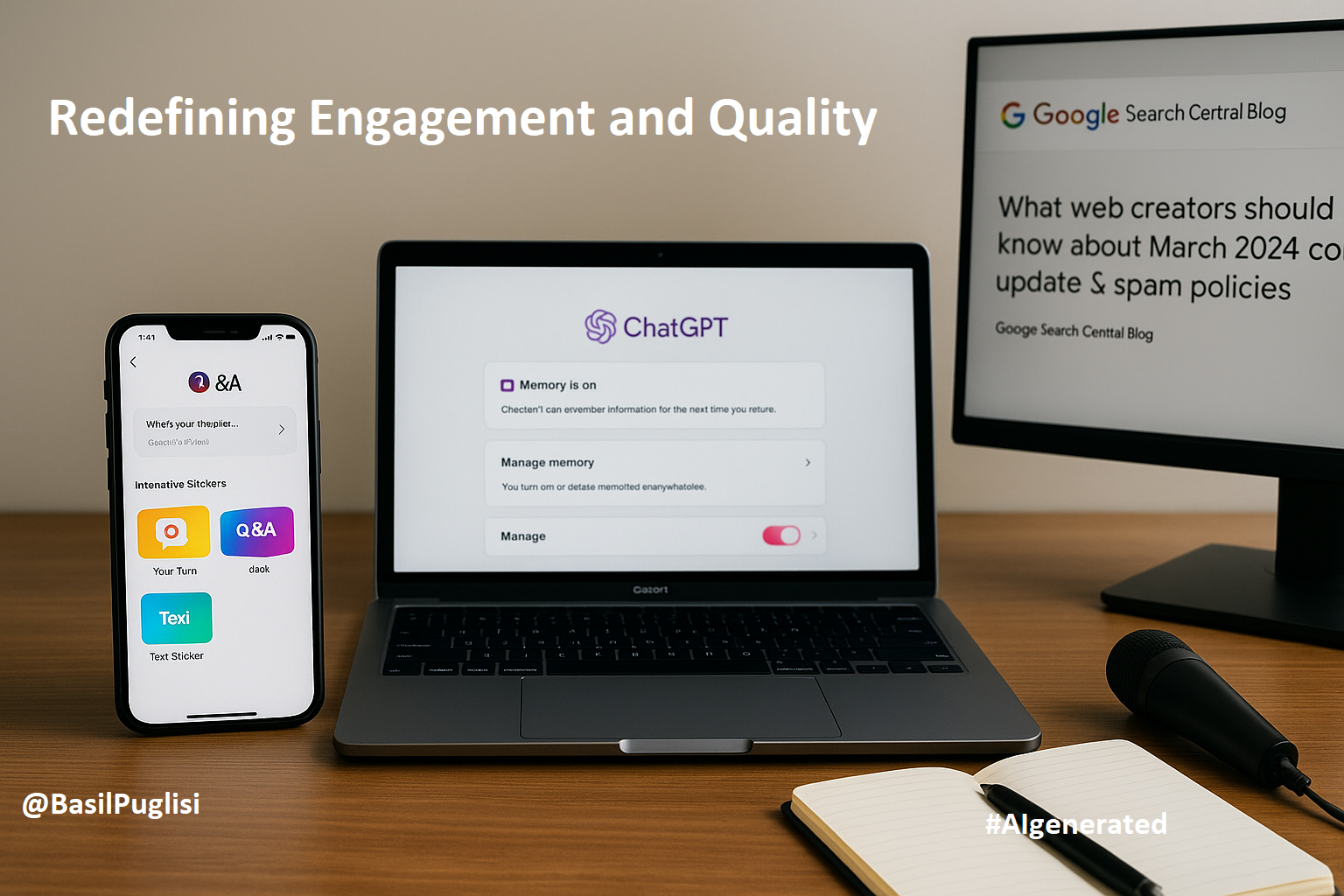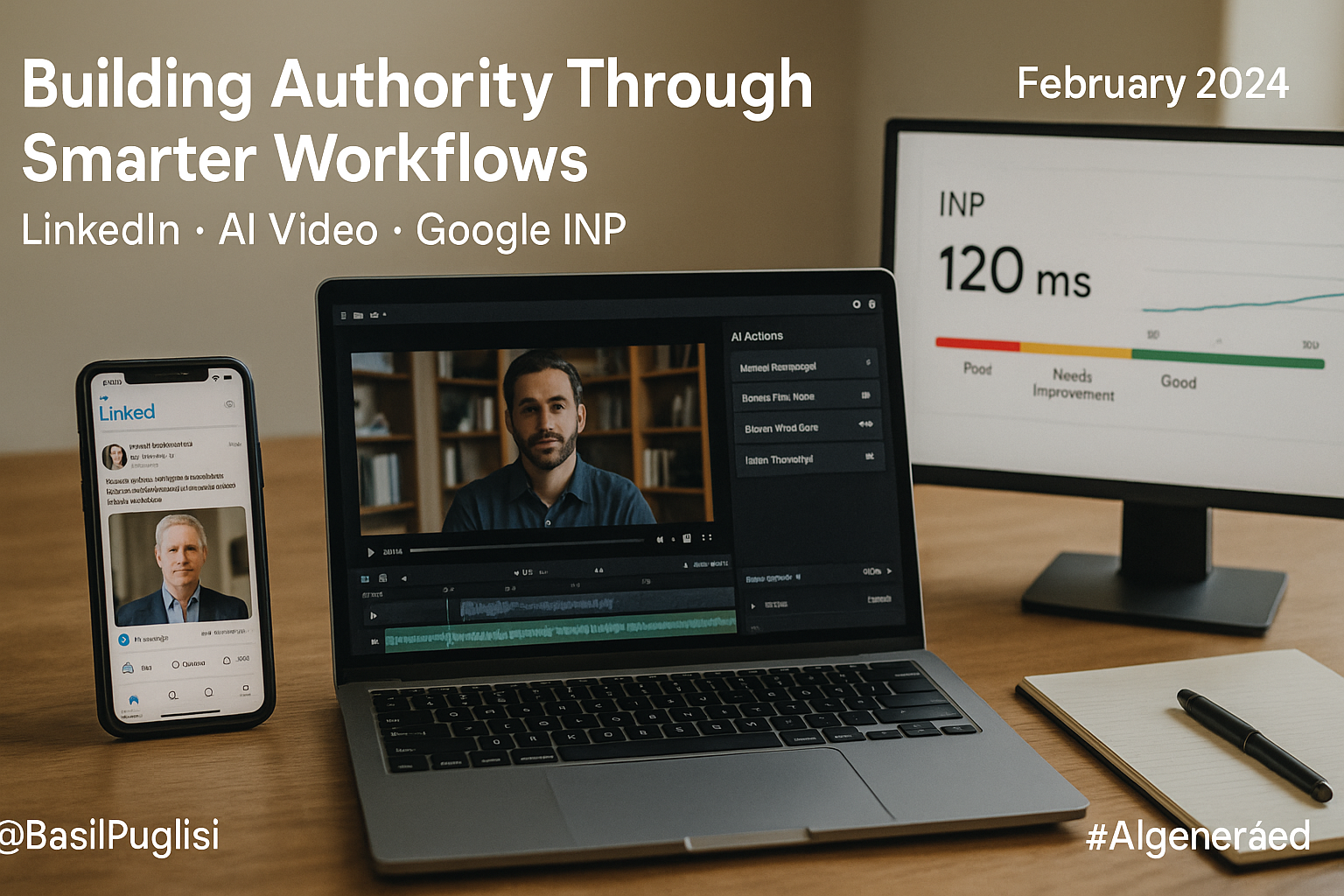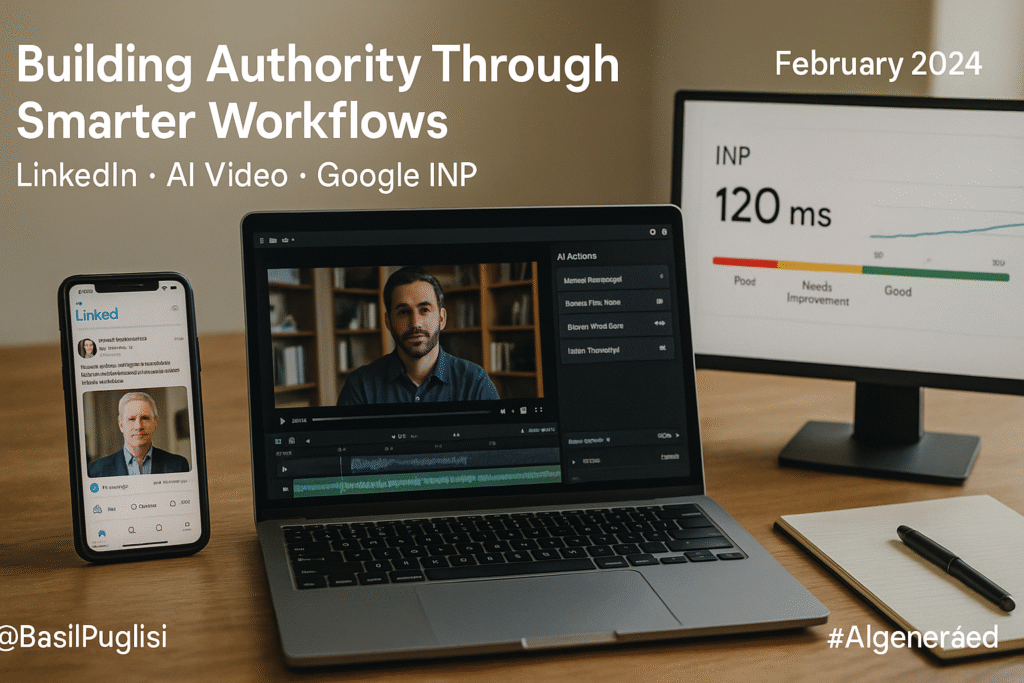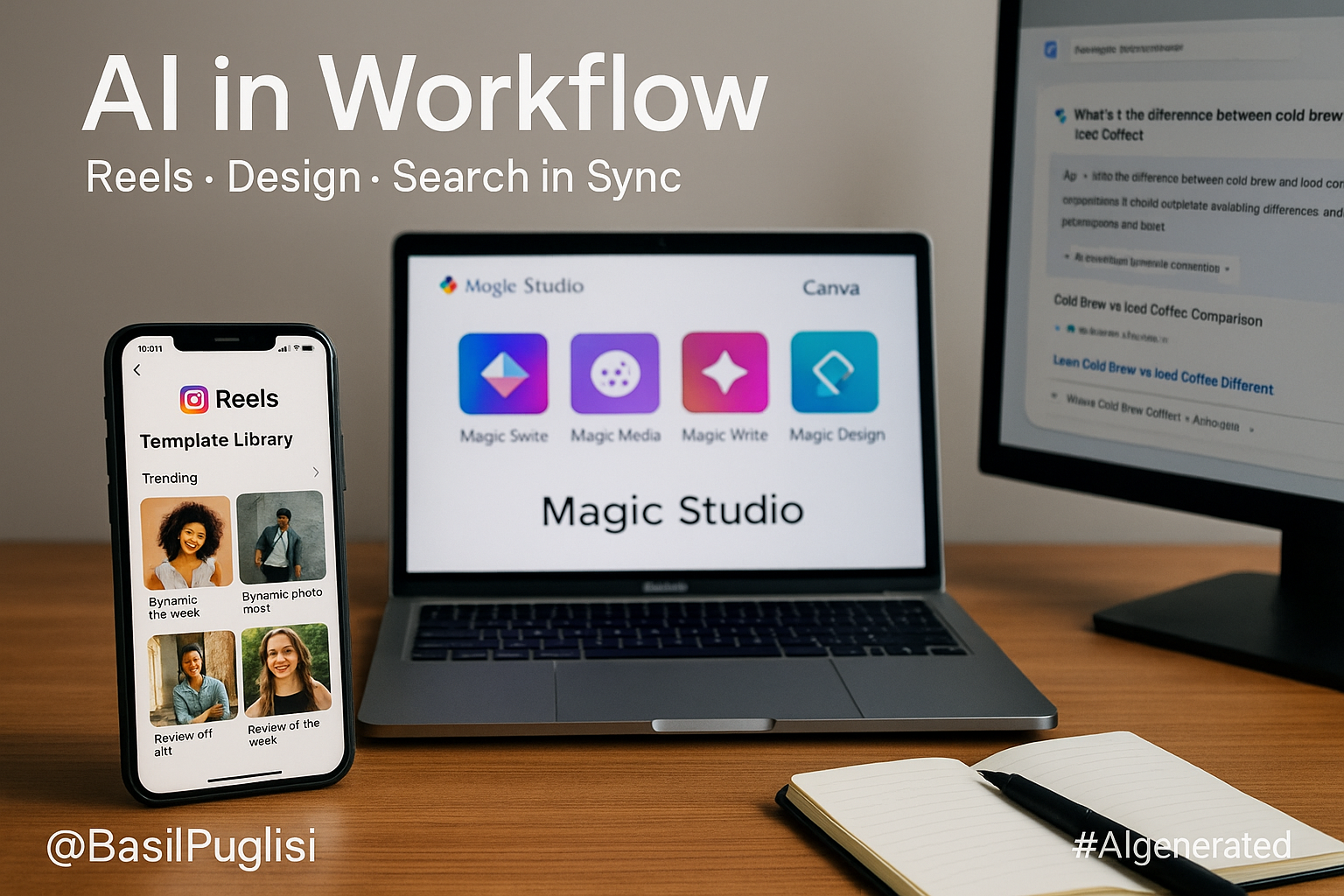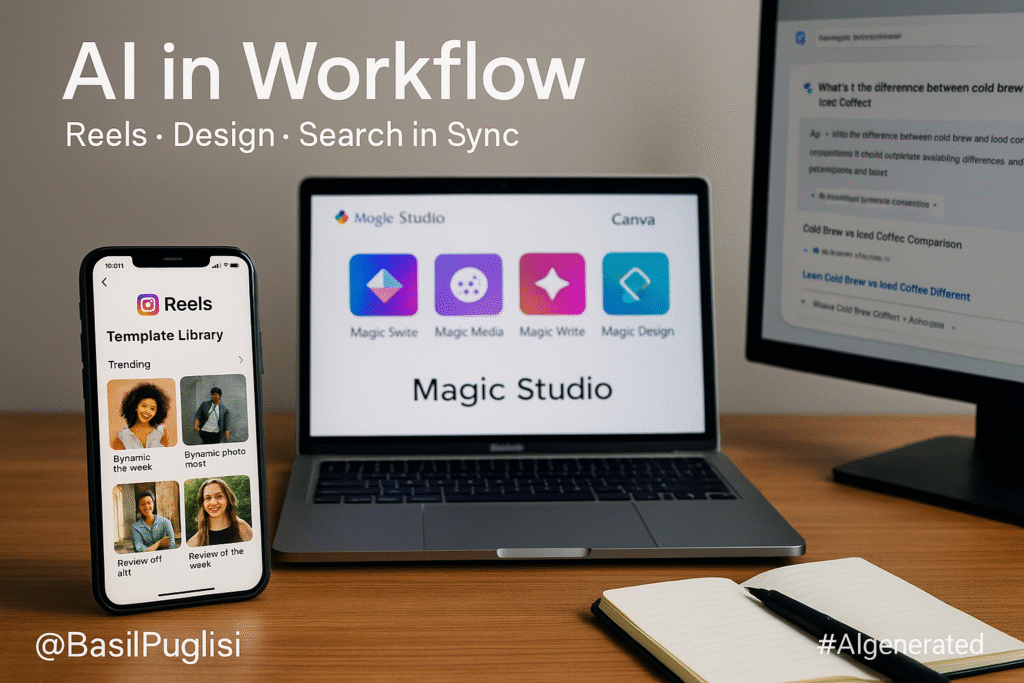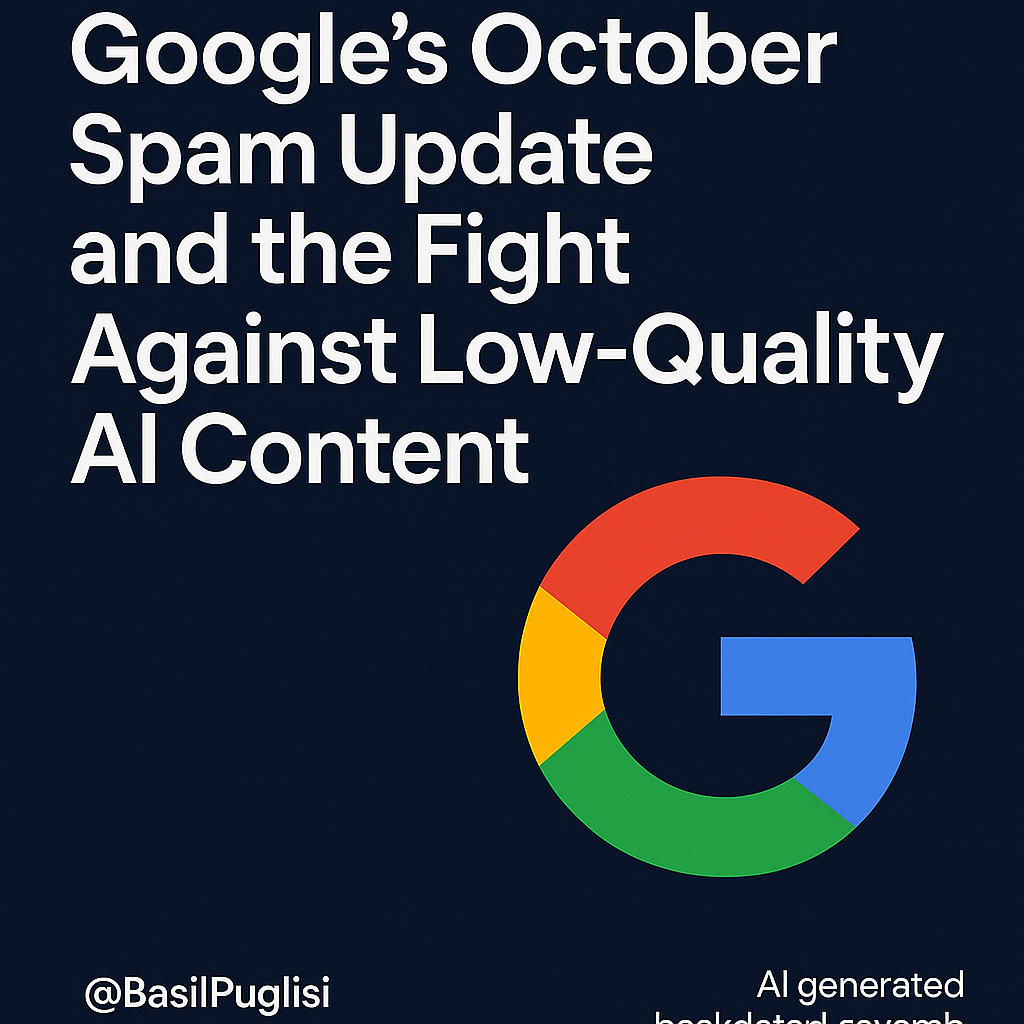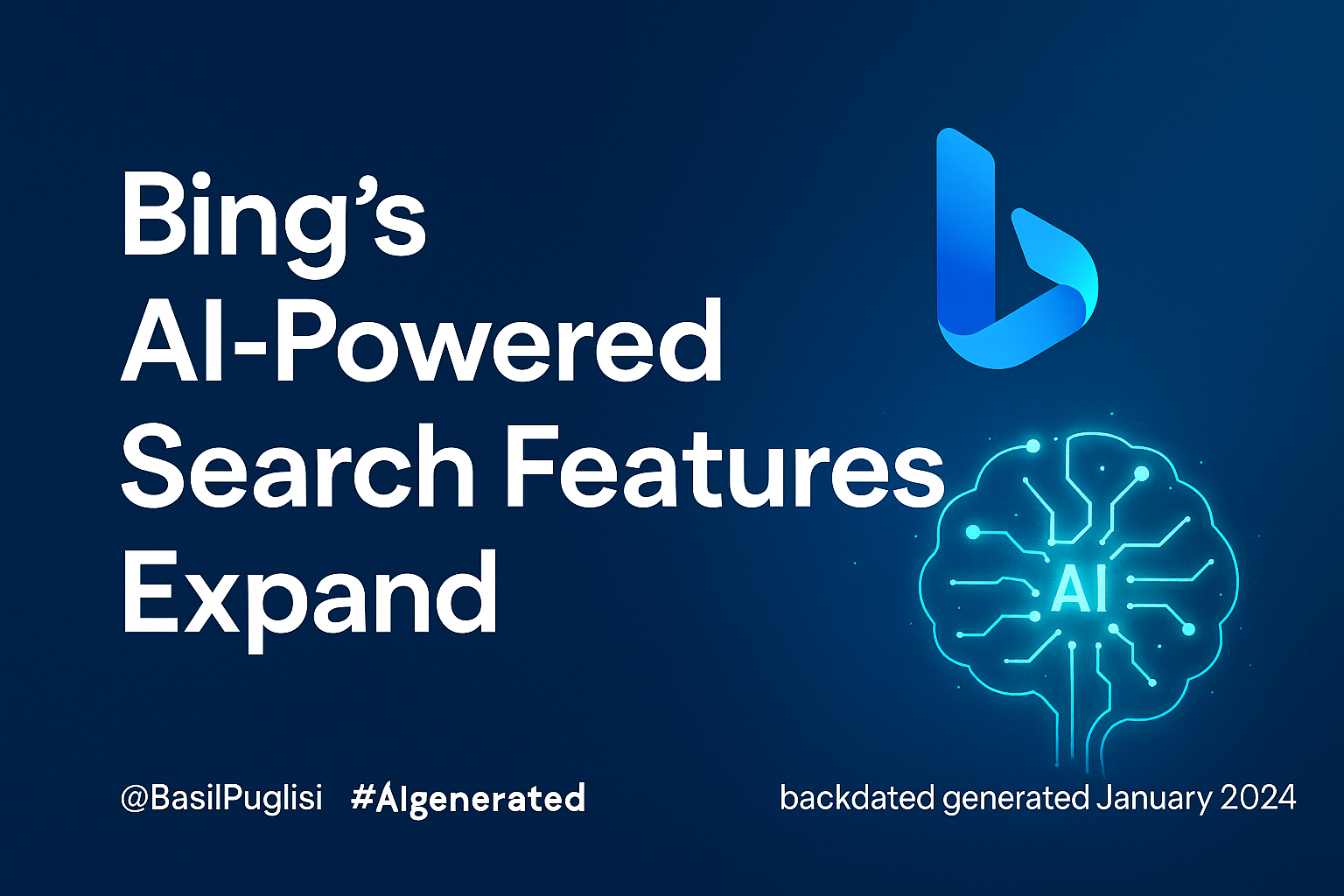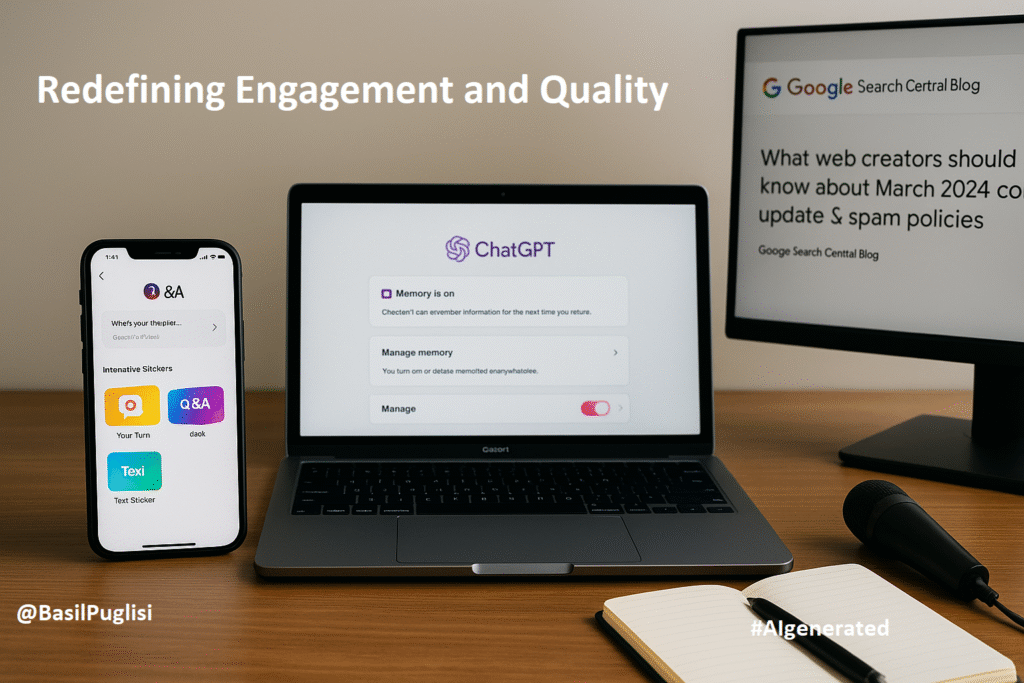
The dynamics of digital interaction shift again as TikTok brings interactive Q&A stickers to the forefront, OpenAI introduces memory to ChatGPT, and Google rolls out its latest core update on spam and quality. These updates are not isolated — they reshape how audiences participate, how brands personalize, and how search visibility is determined. The thread connecting all three is control: creators gaining tools to guide conversation, AI gaining capacity to recall context, and search engines asserting authority over what deserves visibility.
This matters because cycle time per asset, percentage of on-brand outputs, organic traffic on non-brand clusters, community participation rates, and click-through from trusted snippets now all operate in a connected ecosystem. When you align social interactivity, AI memory, and search quality, the result is an integrated workflow where discovery and engagement reinforce each other instead of working at odds.
TikTok’s interactive Q&A stickers evolve a feature that started as a simple comment filter into a mechanism for community-driven campaigns. For creators, it means audiences can shape the narrative by submitting questions that become content prompts, driving higher watch time and repeat interactions. For brands, the tactic translates into measurable gains: a single Q&A prompt can generate multiple short-form assets aligned with trending audio, amplifying both reach and authenticity. The tactic is simple — deploy questions as campaigns, respond with tailored clips, and feed the resulting engagement into broader funnel strategies.
OpenAI’s February release of the ChatGPT memory feature changes the creative workflow itself. Instead of treating each prompt as a blank slate, memory enables continuity — remembering user preferences, style, and prior content. For marketers, this transforms production into an iterative loop: past brand voice guides future drafts, reducing off-brand variance and lifting production efficiency. Factics applies directly here: the fact is AI now recalls context; the tactic is to establish structured “memory profiles” for campaign types (blogs, emails, ads), then use them to cut production time while improving on-brand accuracy. This is where KPIs like cycle time reduction and consistency across touchpoints show their impact.
Google’s March core update tightens quality and spam standards, forcing a recalibration of SEO playbooks. The update rewards content that integrates signals of expertise and penalizes manipulative tactics that previously gamed the algorithm. For digital teams, this isn’t just about recovery — it’s about proactively aligning content to demonstrate authority, clarity, and community validation. The tactic becomes weaving Q&A-driven content and AI-personalized workflows into search-optimized hubs, ensuring Google sees engagement metrics and semantic relevance aligned with user intent.
The AI workflow in practice connects these updates seamlessly. A campaign might start with TikTok Q&A stickers to gather audience prompts, shift into ChatGPT memory-enabled drafting of responses and long-form assets, and conclude with SEO tuning designed for Google’s updated quality framework. The loop is tight, measurable, and repeatable.
Best Practice Spotlight
Fashion brand BOSS offers a powerful proof point. Its #MerryBOSSmas Branded Hashtag Challenge leveraged TikTok’s interactive creator tools — including Q&A-style prompts and stickers — to invite global participation. The campaign generated over 3 billion views and nearly 1 million video creations, reinforcing how community-driven features amplify brand storytelling.
“Interactive tools like Q&A make creators part of the campaign’s architecture, not just the delivery.” — Toptal, June 29, 2021
Creative Consulting Concepts
B2B Scenario
Challenge: A SaaS firm struggles with inconsistent content voice across blogs, whitepapers, and social posts.
Execution: Implement ChatGPT memory to retain brand-specific tone, run Q&A-style webinars repurposed into TikTok clips, and optimize blog hubs with Google’s updated quality signals.
Expected Outcome: 20% reduction in production cycle time, 15% increase in search snippet capture within 90 days.
Pitfall: Failing to periodically reset or refine AI memory, leading to drift in tone or outdated references.
B2C Scenario
Challenge: An eCommerce fitness brand wants to deepen engagement without expanding its design team.
Execution: Deploy TikTok Q&A stickers to gather customer workout questions, answer with short-form videos, and use ChatGPT memory to draft product copy consistent with the content themes.
Expected Outcome: 25% lift in repeat engagement on TikTok, improved conversion on SEO-optimized landing pages.
Pitfall: Over-indexing on audience questions without filtering for brand relevance, diluting focus.
Non-Profit Scenario
Challenge: A health nonprofit seeks to improve donor education and retention.
Execution: Use ChatGPT memory to personalize donor communications, launch TikTok Q&A prompts to address community health concerns, and integrate content into a Google quality-compliant resource hub.
Expected Outcome: 12% boost in donor retention through personalized messaging and stronger search visibility.
Pitfall: Allowing AI-personalized content to drift into overly segmented messaging, which may confuse or alienate broader supporters.
Closing Thought
The new playbook for engagement is not about choosing between social, AI, or search — it’s about recognizing how each strengthens the other when tied together by workflow. When community interaction drives AI memory and both feed into search visibility, marketing stops being reactive and starts compounding momentum.
The fastest-growing brands now treat engagement, personalization, and visibility as one motion.
References
OpenAI. (2024, February 13). Memory and new controls for ChatGPT.
TechCrunch. (2024, February 13). ChatGPT will now remember — and forget — things you tell it to.
ResearchGate. (2024, February 17). AI-driven personalization in web content delivery: A comparative study of user engagement in the USA and the UK.
McKinsey & Company. (2024, January 22). Unlocking the next frontier of personalized marketing.
TikTok Newsroom. (2021, March 24). Q&A rolls out to all creators.
Google Search Central Blog. (2024, March 5). March 2024 core update and new spam policies.
Toptal. (2021, June 29). TikTok Content Strategy (All The Best Tips for 2024).
